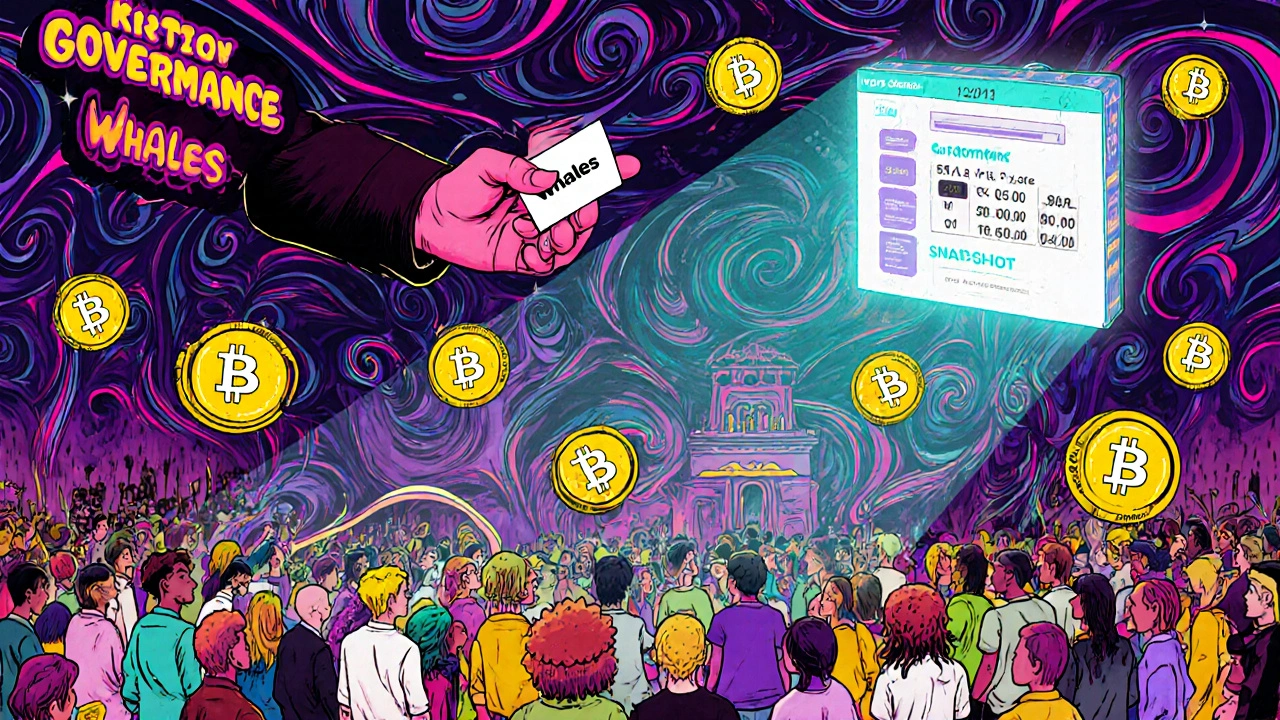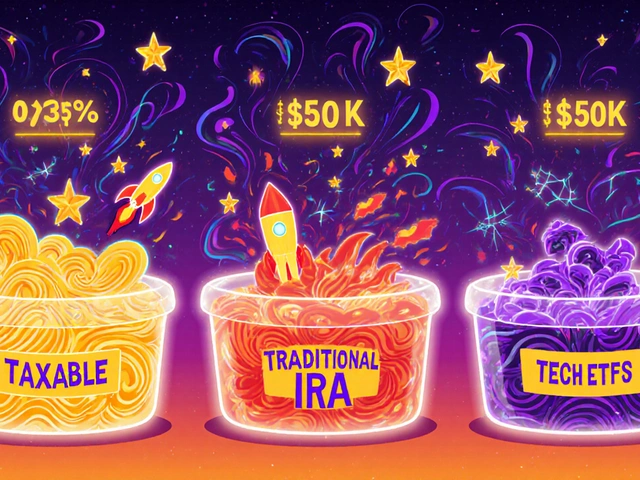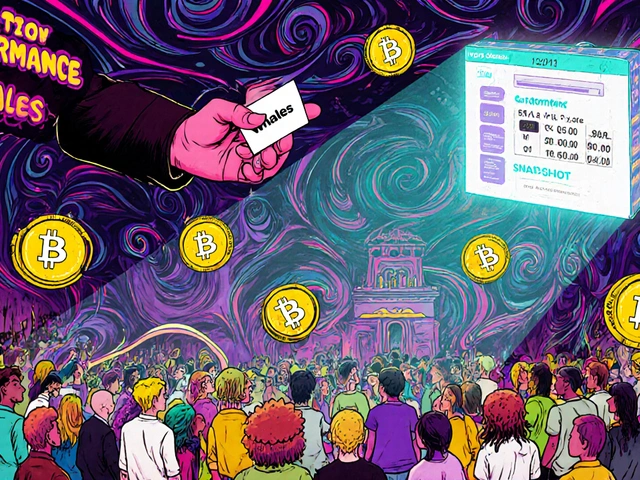DeFi Voting: How Token Holders Shape Blockchain Governance
When you hold tokens in a DeFi voting, a system where token owners vote on changes to decentralized finance protocols. Also known as DAO voting, it replaces top-down decisions with direct community control. This isn’t theory—it’s live. Protocols like Uniswap, Aave, and Compound have already shifted key features like interest rates, fee splits, and even emergency shutdowns based on votes from real people holding their tokens.
DeFi voting doesn’t work like a corporate boardroom. There’s no CEO making calls. Instead, your voting power usually matches how many tokens you hold. A person with 10,000 tokens has 10,000 votes; someone with 50 has 50. That’s why large holders—often called whales—can sway outcomes. But it’s not all about money. Some systems use quadratic voting to give smaller holders more influence per token, and others lock tokens for voting rights to prevent short-term manipulation. This is blockchain governance, the process of making decisions on decentralized networks without central authority. It’s messy, slow, and sometimes frustrating—but it’s the closest thing we have to true financial democracy.
Behind every vote is a real decision: Should the protocol fund a new developer grant? Should it pause withdrawals during a hack? Should it change how rewards are distributed? These aren’t abstract debates. In 2023, one Aave vote decided to allocate $30 million in treasury funds to a liquidity incentive program. Another Uniswap vote changed the fee structure for liquidity providers, directly affecting thousands of small investors. These aren’t hypotheticals—they’re happening now, and you can be part of them if you hold the right tokens.
But DeFi voting isn’t just about casting a ballot. It’s about understanding what you’re voting on. Most proposals are written in dense technical language. Some voters skip reading them entirely. Others join Discord threads, watch YouTube explainers, or use tools that summarize votes into plain English. That’s why knowing how to read a proposal, spot hidden risks, and track voting trends matters more than just having tokens. This is where token voting, the act of using crypto holdings to influence protocol direction becomes a skill, not just a feature.
You don’t need to be a programmer or a financier to participate. But you do need to show up. Many proposals fail simply because not enough people vote. If you’re holding tokens in a DeFi protocol, you’re already a stakeholder. Voting isn’t optional—it’s your leverage. And if you don’t use it, someone else will decide your returns for you.
Below, you’ll find real guides and breakdowns from investors who’ve navigated these systems. Some explain how to track votes before they close. Others show you how to spot manipulative proposals or how to get started with your first vote—even if you only own a few hundred dollars’ worth of tokens. These aren’t theoretical essays. They’re the tools and stories from people who’ve already done it.





